How to Make A Snake Trap: Tips on How to Trap Snakes In The Wild
If you enjoy hiking and camping outdoors, you are bound to encounter a snake at a certain point in your trips. To make sure it doesn’t get in your tent at night, it’s best to catch it and release it somewhere else. Even more, if ever stranded in the outdoors, snakes can be used for food so learning how to make a snake trap can be extremely useful.
[the_ad_group id=”21″]
Regardless of your reasons, trapping a snake is not an easy job and you must know certain things about these creatures. Even more, it helps to know if the crawler you’re facing is venomous or not.
Make Sure You Are Prepared
You’ve done your preparations and read everything you need to know on your backpacking trip in the forest. However, don’t forget to learn about the snakes that you will encounter in your nature travel. Remember that you are hiking in the animal kingdom and, in this case, the woods or jungle is the snake’s natural domain. Don’t walk into the forest, with no knowledge of the animals that you will see.

As snakes are quite common in the wild, you may want to become familiar with them and learn more information about them through books, videos or online resources. Most probably, the wilderness you will walk into is protected and within a state department and city government’s jurisdictions. In that manner, you may want to ask the forest department about the different snake species living in the area.
However, before you will learn to trap a snake, you should know more about the characteristics of different snakes you may encounter. More importantly, read about the snake’s different behaviors, food, and habitat.
Keep in mind: Not all snakes are of the same size or appearance.
Before you plan and build a trap, you may want to know some general traits of snakes:
- They have a strong sense of smell which they use to track food.
- Their vision varies according to genus and species – not as sharp, but they can track movements.
- Pit vipers and pythons have unique infrared receptors located in their snout.
- The body part under the snake is acutely sensitive to vibrations of the ground.
- The skin of snakes is made of scale, varying from dry, granular, smooth, or keeled.
- Molting is a common trait of snakes, as they periodically shed their skin.
- Their teeth are continuously replaced throughout their lifetime.
- Snakes are cold-blooded and strictly a carnivorous animal.
Snakes can be venomous or non-venomous, so identifying the type of species that belong to their category can help you prepare the type of traps you will create. For more tips on how to safely ensnare a snake, check out our popular article on this topic.
Identify non-venomous snakes
Non-venomous snakes in the wild are generally harmless unless you intentionally hurt the animal. These species usually go about to find their food and just crawl around their domain. The non-venomous snakes have no universal features that distinguish them from venomous snakes so you should learn how to identify the snake species that are common to the area you will be visiting.
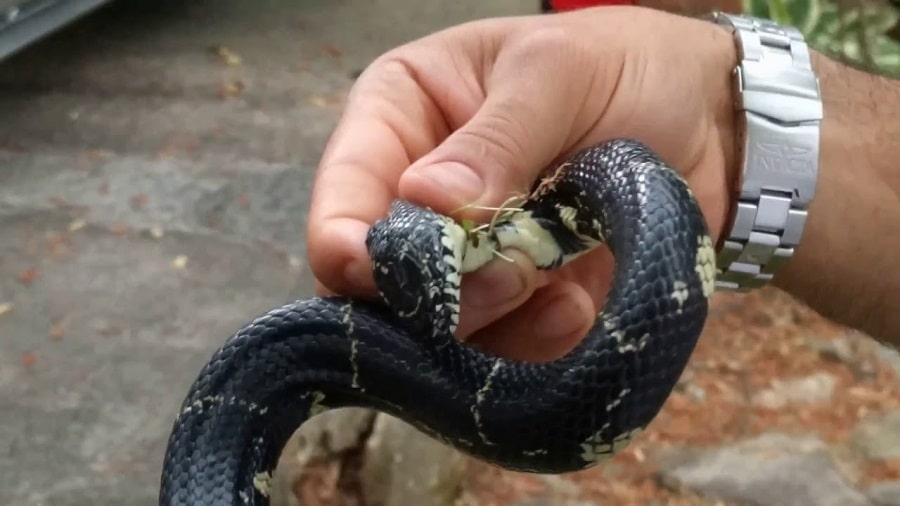
Snakes with non-deadly venom still have teeth, so proper precaution and care have to be taken. Even though they don’t have venom, a snake bit can always get infected. Also, bites from big non-venomous snakes like boas and python can be just as fatal because of their large bite lacerations, so keep this in mind.
Some of the common non-venomous snakes you will encounter in your hiking include rat snakes, king snakes, hognose snakes, corn snakes, gopher snakes and garter snakes.
Trapping venomous snakes
The genus of venomous snakes may vary – without universal physical and physiological traits. Some snakes have small fangs and are generally meek like Coral snakes, European vipers, and Boomslang while some snakes are more aggressive and intelligent like the King Cobra, Black Mamba, and Russell’s Viper. Nonetheless, venomous snakes share a deadly characteristic: their toxic venoms.

The three most common venomous snakes in North America are copperheads (copper and black-striped), rattlesnakes (Western states), and water moccasins (water streams in the Southeastern states). The small traits that they share are their triangular heads and vertical pupils.
Keep in mind: If this is the first time you’re trapping a snake, it is highly recommended to seek the assistance of a snake professional or a wildlife expert.
Using Glue Trap to Capture A Snake
The snake glue trap is a common tool and most people consider the glue trap as more safe, humane and practical. The effectiveness may depend on your set-up, location, timing, and type of snake that you will trap. This trap looks like a board, varying in small to large sizes.
There is no general brand for a glue snake trap; however, materials range from plastic, wood to heavy duty cardboard. You can order glue traps on-line or buy them in an outdoor hiking store or garden supply shops.
How to put it together and install it
Set-up and install the glue inserts, box, and baits. The glue trap and the snake box may be sold separately in the market – since the glue inserts are solely used for indoor, households or sheltered environment. The snake box is used primarily for outdoor trapping since the open flat glue board can attract critters or small animals if it is not enclosed. Choose a large enough box to fit the glue inserts and set-up the live baits inside the box such as lizards, birds, fish, eggs, mice or chipmunks.
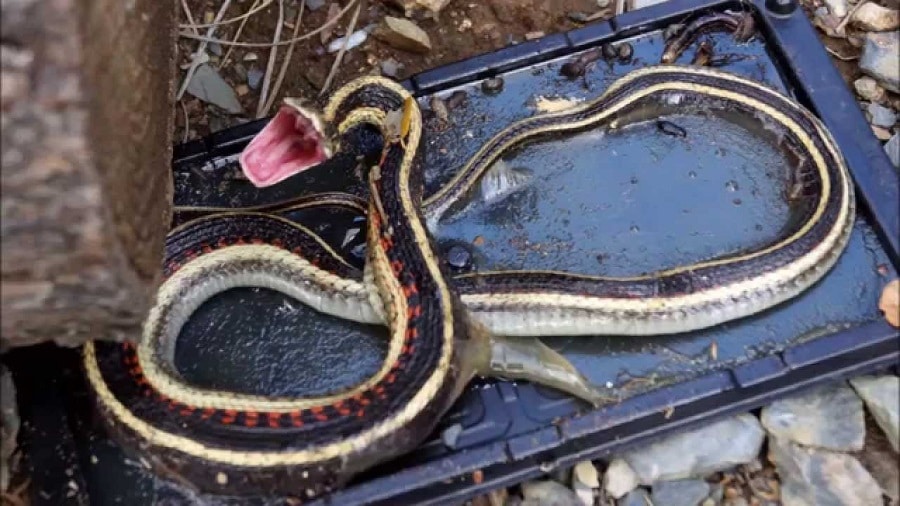
You need to set-up bait in the glue trap to attract the snake to crawl inside, so it will get caught into the glue panel lining installed on the floor. Don’t forget to firmly clasp and close the box, as you don’t want the snake’s neck and head to wiggle its way out – this can lead to a bite. After a snake has been caught, you need to pour oil into the glue so the snake can get loose and slide away from the trap.
Pros & Cons
Glue traps are quite practical and can be bought easily in the market. It is considered safe and effective as the snake is captured and stuck in an enclosed receptacle, with no chance for the snake to be aggressive.
[the_ad_group id=”22″]
However, since the glue traps need to be inside the box, you would not see a captured snake from the outside, so you would need to open the latch to see if there’s already a snake in there. So, you have to be careful when you open the box. You can gently lift the box to check the weight – if the glue trap is quite heavy, open the box to check the inside to see if you’ve already trapped a snake.
Using The Minnow Traps to Catch A Snake
A minnow trap is a cylindrical shaped trap made-up of wire mesh, with openings at either end, which works even in an inverted position. It is a common trap used for trapping of different animals, but there are specialized minnow traps for snakes.
You can buy minnow traps from fishing supply shops or wildlife specialty stores; but you should correctly set-up the bait in the trap, so it will easily attract the snake to enter the receptacle.
How to install it correctly
Rest the cylinder on the side, with the bait in the center; but make sure it is firmly in its place and does not tilt over. Since the minnow trap is made of wire mesh, you would be able to see what’s inside – in this case, you would know if you already caught a snake.
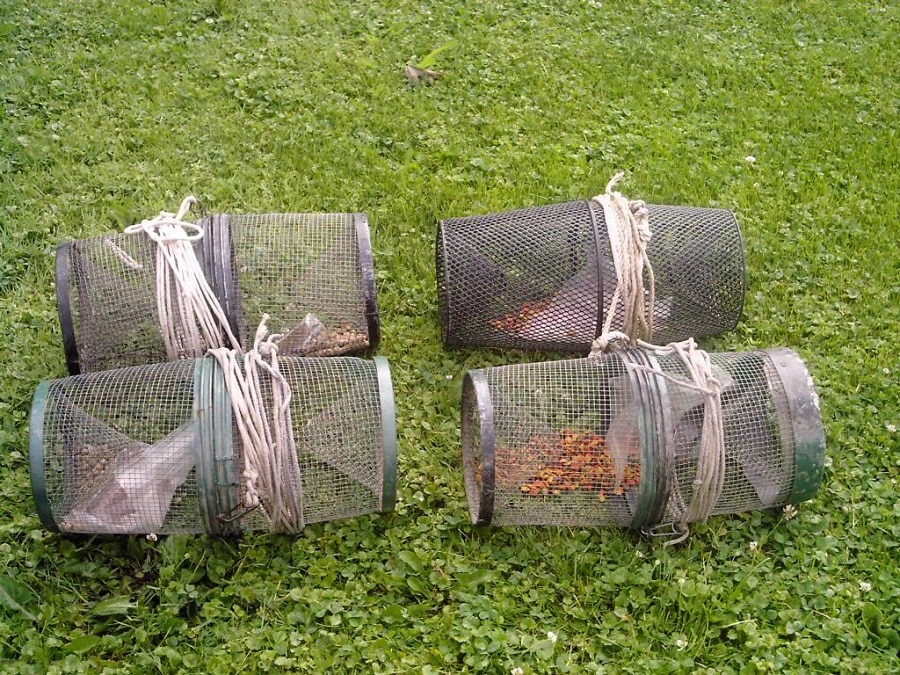
You need to put some snake bait such as eggs (or mice) to lure the snake into the Minnow trap. Once the snake enters the opening to eat the bait, the animal would not be able to get out.
Pros & Cons
The Minnow snake trap is effective if you like to catch a snake outdoors. It is a good option if you don’t like the sticky inserts in a glue trap and you like to see the captured animal in plain view.
However, there are several reported drawbacks of minnow traps, such as it can be unwieldy when you start carrying the trap. In most cases, this is true, notably if the snake is heavy or the snake is extremely aggressive. Another problem for minnow traps is that the snake can quickly slide away, the moment you open the trap, unlike the glue trap which holds the snake into the box. Taking into account these factors, the minnow trap can be more effective to capture small to medium sized non-venomous snakes.
How to Make A Trap In The Wilderness
If you’re going on a hike in the woods, you may want to learn to improvise a snake trap for your food. Trapping a snake for your next meal is not recommended as you do not know what the snake had before you captured them. However, if you’re confident in identifying different snake species and skilled to properly clean wild animals, then you can proceed (with caution) to trap snakes.
The Bottle trap
You would need an empty plastic bottle, like the ones used for juices or water. Make sure to rinse the bottle to wash away any smell, then wipe it clean and leave to air dry. Get your survival knife and cut a small flap opening, enough for a snake to enter the bottle. Don’t forget to place some bait like a snail, eggs, worms, turtle or small fish.
You would need to find a good spot to set-up the trap. However, remember to check the bottle trap regularly, since the snake might be able to shake and push away through the opening of the bottle.
The Funnel pit trap
You can create an improvised snake trap by digging some sort of a funnel on the ground. You need to create a sturdy cover made of wires and twigs (tied in a criss-cross manner). Then place the bait (such as eggs, snail, or fish) into the trap so it can attract snakes.
This improvised trap is a bit tricky, so you may want to stay not that far, so you can observe and see if a snake entered the pit. You need to act quickly so you can catch the snake before it climbs back and escapes.
The Wooden stick or branch
You may be lucky enough to bring a bottle or some wires to create the improvised snake traps mentioned above; however, many times you do not have such materials or can’t find anything you can use on your hike. In that case, you would need to catch a snake by using a sturdy stick. If you’ve been hiking for a while, you may have developed some hunting skills already, so just use that to catch a snake.

Using a stick to trap a snake requires some timing, awareness, and agility – as you need to get the attention of the snake and distract its eyes away from your other hand. After you’ve seen the snake you want to catch, approach gently and attract its attention by moving the stick in front of its head.
Once you get the snake firmly locked into the stick, slowly move your other hand to grab the tail upwards, so the head is slightly above the ground. At this point, the snake is already disoriented, so transfer it quickly to a sack or straight to the place where you’re going to kill and cook it.
Keep in mind: Don’t attempt catching a snake with a stick if you’re a beginner or you’re not as skilled and not as confident of your hunting skills.
Using Several Traps
If you need to trap more than one snake, you may want to use two or three traps. Of course, depending on the number of snakes you intend to catch in a given period, you may want to increase this number even further.
There’s no need to measure the distances when you set up the traps, just spread the snake traps into their crawling area – evenly setting up the traps in approximate points. If you happen to discover a common breeding ground of snakes, you can spread the traps to circle the snake habitat.
Make sure to set your traps in strategic spots where you regularly see the snakes. There’s no need to put the traps in a camouflage, such as covering them with grass, leaves or twigs – just don’t forget to install the bait.
Keep in mind: Snakes are more attracted by the smell of a living prey (like mice, lizards, squirrels, snails, fish, eggs, chicks, birds or any small living creature) than the foul odor of a dead animal.
Check The Traps And Change Location If Necessary
You need to check the trap often, to see if the animal bait is still alive or if it’s still in place. If you’re not using eggs as bait, but a live animal like a mice or chick, you have to inspect the traps and replace the bait as necessary.

It will take a while before you catch a snake, so your snake trapping endeavors may take a couple of days up to a week. If there is an abundance of food in the area the snake may not notice the baits in your trap, so you may have to change the location quite often.
After you captured a snake, don’t wait too long before you carry it away or perhaps, until the other traps catch a snake.
[the_ad_group id=”23″]
Deal with the snake that you have caught on the same day. If you wait longer, the snake may die inside the trap and begin to decay and rot – which could then attract flies, insects, or vultures. Remove the snake from the trap as soon as possible.
Safety and Eco-Balance
As mentioned earlier, you must establish a clear objective on why you want to trap a snake. Don’t trap and catch a snake just because you want to show off your skills. The snake is a living creature and unless it causes some sort of harm or damage to you or your property, you should leave them alone. Make sure you are knowledgeable on how to administer first aid in the wilderness – do read it in our earlier article on this important topic.
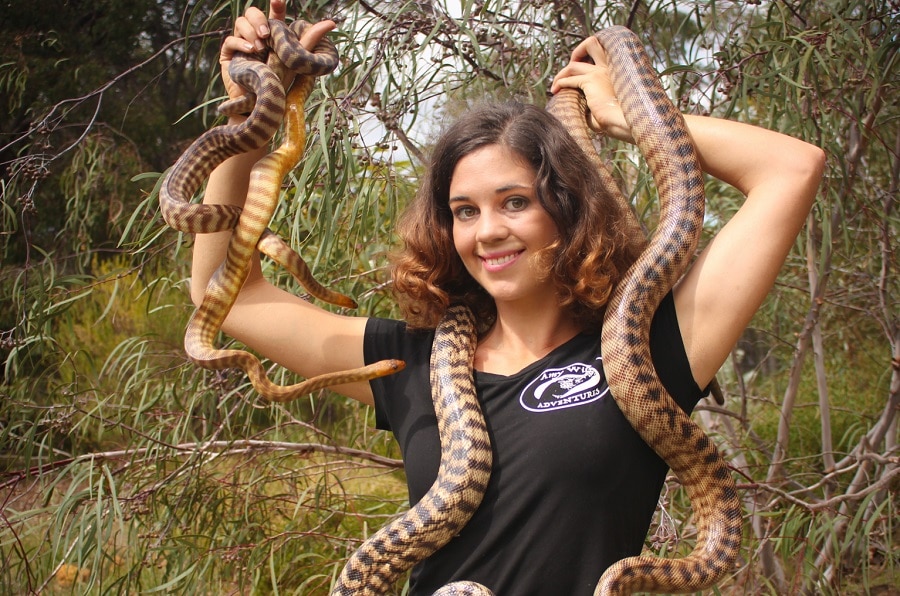
Also, act on safety at all costs. If you need to trap a snake, always remember to wear protective clothing, gloves, and goggles when dealing with the carnivorous animal. If you haven’t handle snakes before, don’t take chances as your life may be in danger if something goes wrong. Animal experts like Jack Hanna or Paul Rosolie – insists on safety procedures in all their activities dealing with wildlife animals.
Lastly, ensure that killing the snake would be your last resort! Even wildlife companies that remove snakes from residential areas release them in their natural habitat, so they can live on their own. Keep in mind that snakes – venomous or not – have a part in the environment and, more importantly, have their place in the animal kingdom.
Check out more camping safety tips in our earlier article before you embark on your next adventure – it’s a must!



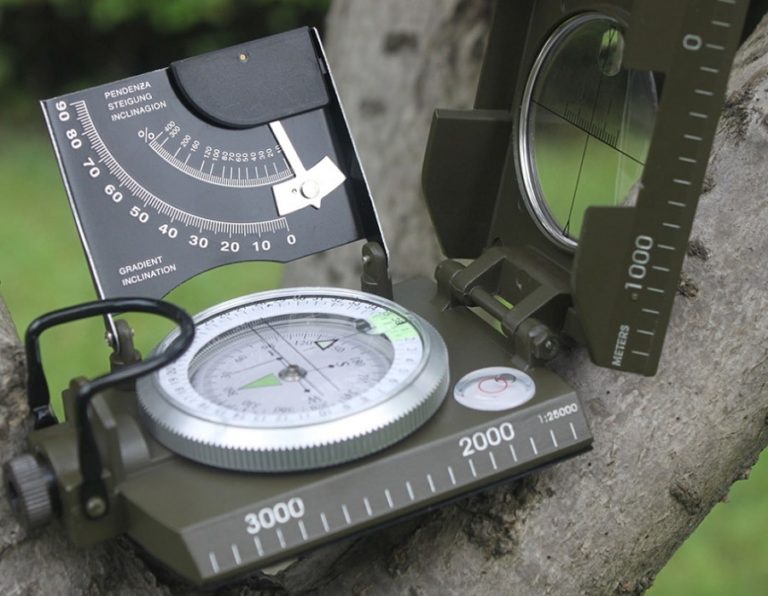
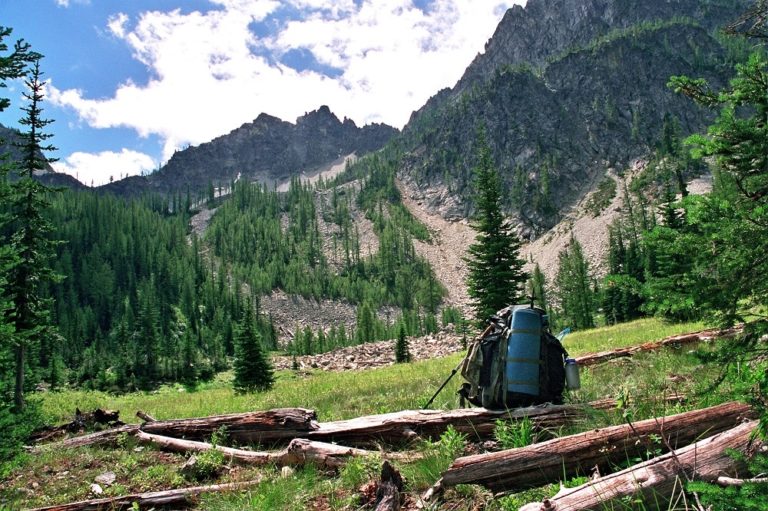
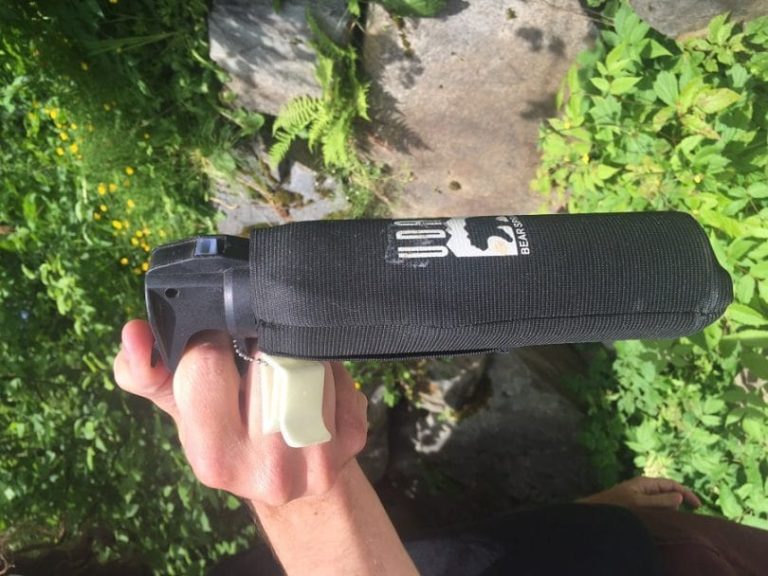
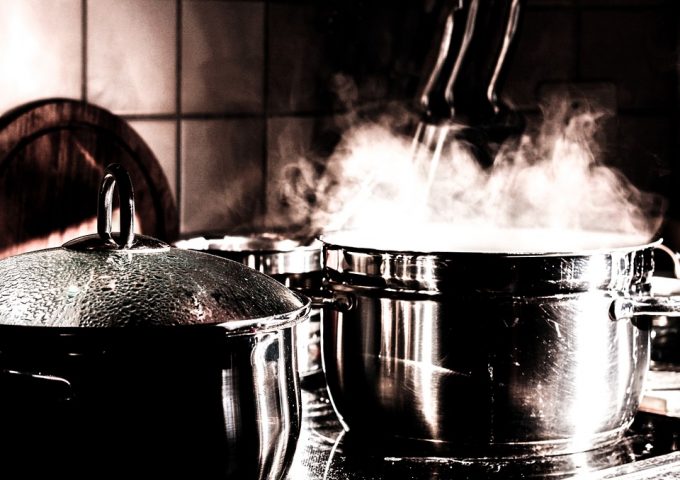
Most snakes that you may encounter in the backyard or basement are non-toxic, therefore, absolutely harmless. If you find in the basement one and a half metre Royal snakes, you are probably worried, but they do not represent any danger to people or Pets. Non-poisonous snakes have no tail “rattles” and they have round pupils. But in the wild it is important to try to catch any snake you find, because it can be dangerous in such conditions.
As a precautionary measure, especially for family with young children, any snake is considered harmful because they can still bite. However, I would have to agree with you that in the wild, it is an “any snake” battle because you don’t want to risk being bitten.
Most snakes that you may encounter in the backyard or basement are non-toxic, therefore, absolutely harmless. If you find in the basement one and a half metre Royal snakes, you are probably worried, but they do not represent any danger to people or Pets. Non-poisonous snakes have no tail “rattles” and they have round pupils. But in the wild it is important to try to catch any snake you find, because it can be dangerous in such conditions.
As a precautionary measure, especially for family with young children, any snake is considered harmful because they can still bite. However, I would have to agree with you that in the wild, it is an “any snake” battle because you don’t want to risk being bitten.
During hiking, anything can happen. If people get lost in the woods or in the mountains, one of the problems is the problem of supplies, to provide them with food in the forest in general. It is important to know how to produce and how to cook. If the situation is difficult and you would have to eat snakes, need to know the following methods of catching described above. Also, when hunting snakes, the most important for the hunter is not to become a victim. This requires extra time to be safe and all unknown snakes, by default, considered poisonous, remember this.
It is also my best advice to treat any snake as venomous because you will waste so much time thinking if the snake you’ve encountered is harmless or not. Everything should be an emergency.
During hiking, anything can happen. If people get lost in the woods or in the mountains, one of the problems is the problem of supplies, to provide them with food in the forest in general. It is important to know how to produce and how to cook. If the situation is difficult and you would have to eat snakes, need to know the following methods of catching described above. Also, when hunting snakes, the most important for the hunter is not to become a victim. This requires extra time to be safe and all unknown snakes, by default, considered poisonous, remember this.
It is also my best advice to treat any snake as venomous because you will waste so much time thinking if the snake you’ve encountered is harmless or not. Everything should be an emergency.